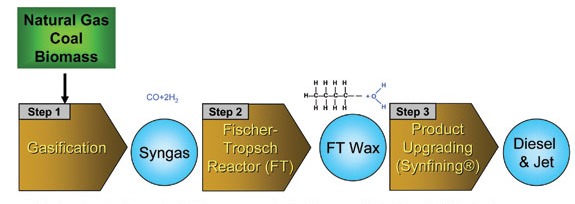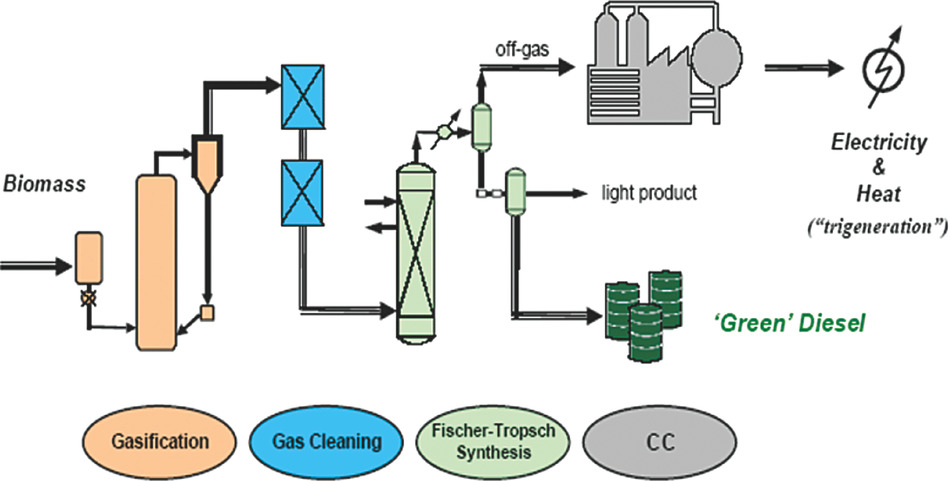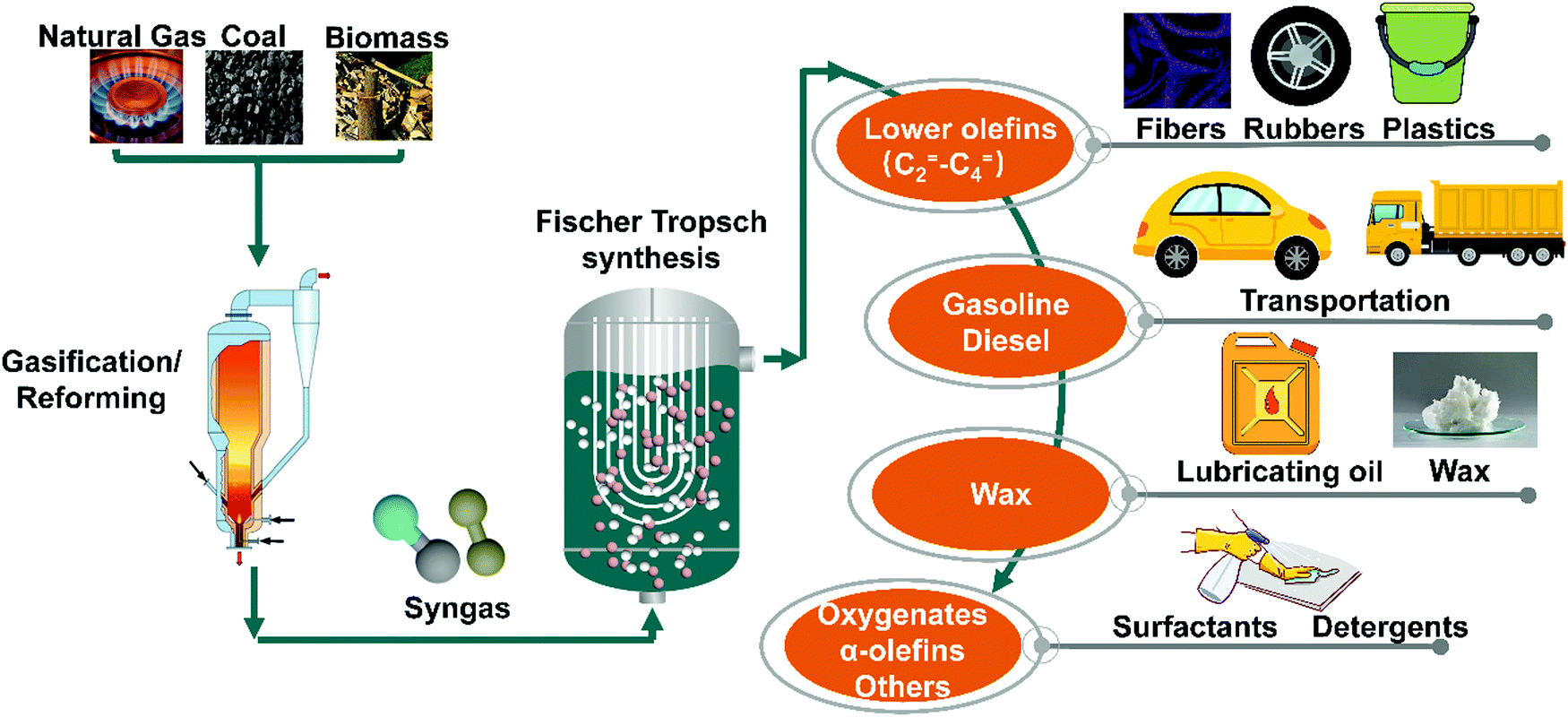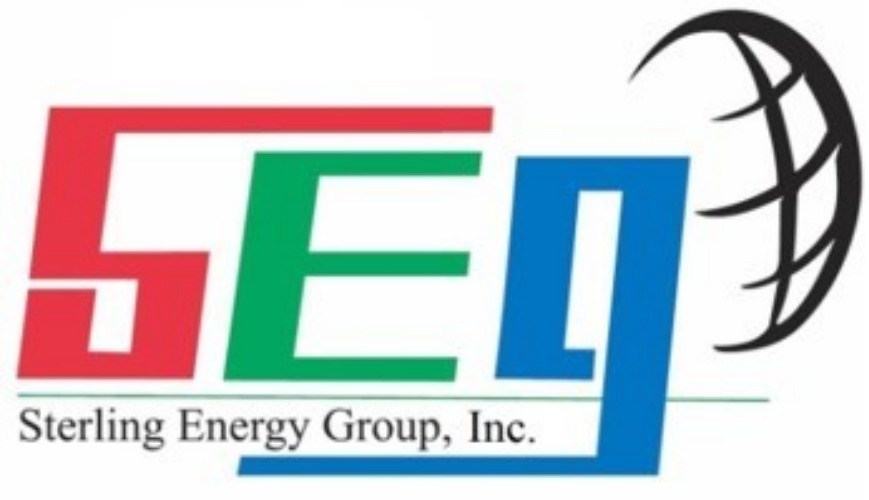Fischer - Tropsch Processes (FT)
What is Fischer-Tropsh?

The Fischer–Tropsch process is a collection of chemical reactions that converts a gas mixture of carbon monoxide and hydrogen or water gas into liquid hydrocarbons.
The process can be used to create liquid fuels from volatile gases. Liquid fuels are easier to transport and have a high energy density. As a result FT is becoming more widely used to convert biomass into diesel, jet fuel and other fuel types.
Fischer–Tropsch plants associated with coal or related solid feedstocks (sources of carbon) must first convert the solid fuel into gaseous reactants, i.e., CO, H2, and alkanes. This conversion is called gasification and the product is called synthesis gas ("syngas"). Synthesis gas obtained from coal gasification tends to have a H2:CO ratio of ~0.7 compared to the ideal ratio of ~2. This ratio is adjusted via the water-gas shift reaction. Coal-based Fischer–Tropsch plants produce varying amounts of CO2, depending upon the energy source of the gasification process. However, most coal-based plants rely on the feed coal to supply all the energy requirements of the Fischer–Tropsch process.
Current Status and successes of FT
FT has been in commercial use for nearly 100 years. Due to the emphasis on finding replacements for fossil fuels, great advancements have been made in FT processes and the relative costs have also come down. This makes it a very attractive method to produce replacements for diesel and jet fuel as well as gasoline.
Recently (since 1990) low-temperature Fischer–Tropsch slurry processes are under investigation for the use of iron and cobalt catalysts, particularly for the production of a hydrocarbon wax, or to be hydrocracked and isomerised to produce diesel fuel, by Exxon and Sasol. Today slurry-phase (bubble column) low-temperature Fischer–Tropsch synthesis is regarded by many authors as the most efficient process for Fischer–Tropsch clean diesel production. This Fischer–Tropsch technology is also under development by the Statoil Company (Norway) for use on a vessel to convert associated gas at offshore oil fields into a hydrocarbon liquid.


